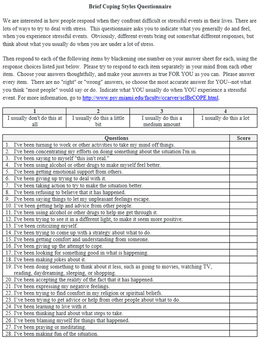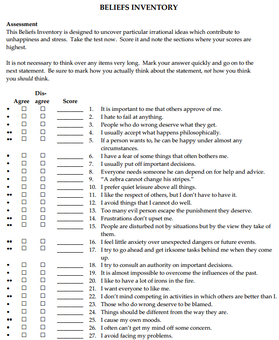Stress Management Techniques
Why wait until we are adults before learning how to manage stress? This page offers a few basic stress management techniques that can be incorporated into your physical education curriculum.
our other webpages for Classroom Teachers
- Class Management: Our main page on class management. We also have Tools for Assessing Behavior and Techniques for Forming Groups.
- Domains of Learning: Example verbs and learning objectives for a variety of learning domain taxonomies.
- English Language Learners: Information on how to teach ELL students, regardless of the content area.
- Examples of How to Make Learning Active: Examples of combining other content areas with physical activity.
- Games and Activities: Compilation of websites that provide resources on physical education activities.
- Icebreakers and Teambuilding Videos: Name games, icebreakers, teambuilding, and conflict resolution activities. Directions are also available via PDF.
- Importance of Recess, Play, and Active Classrooms: Guidelines and resources for recess, play, and active classrooms.

